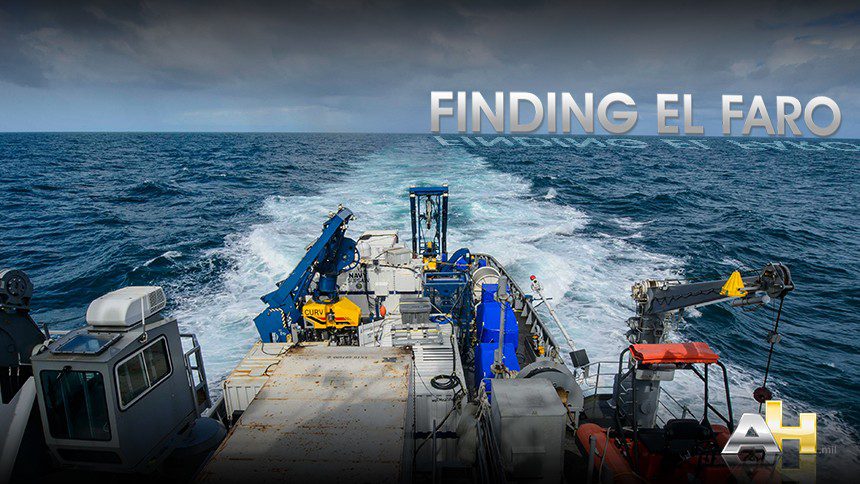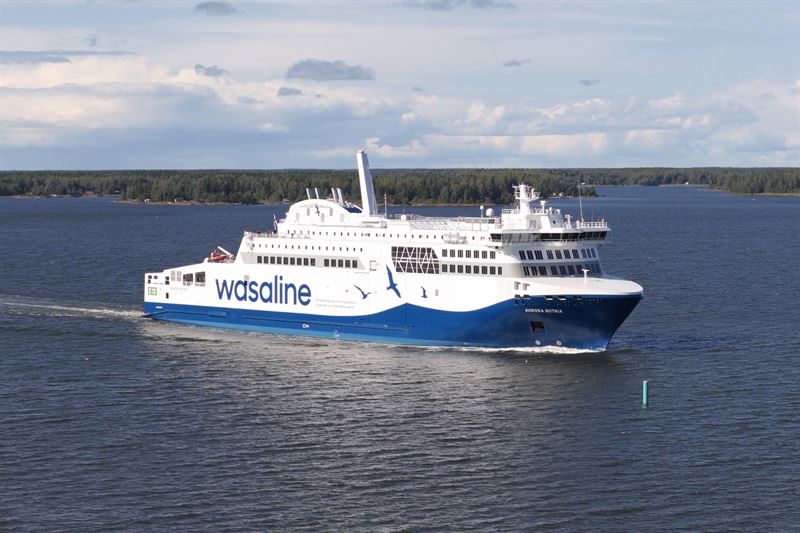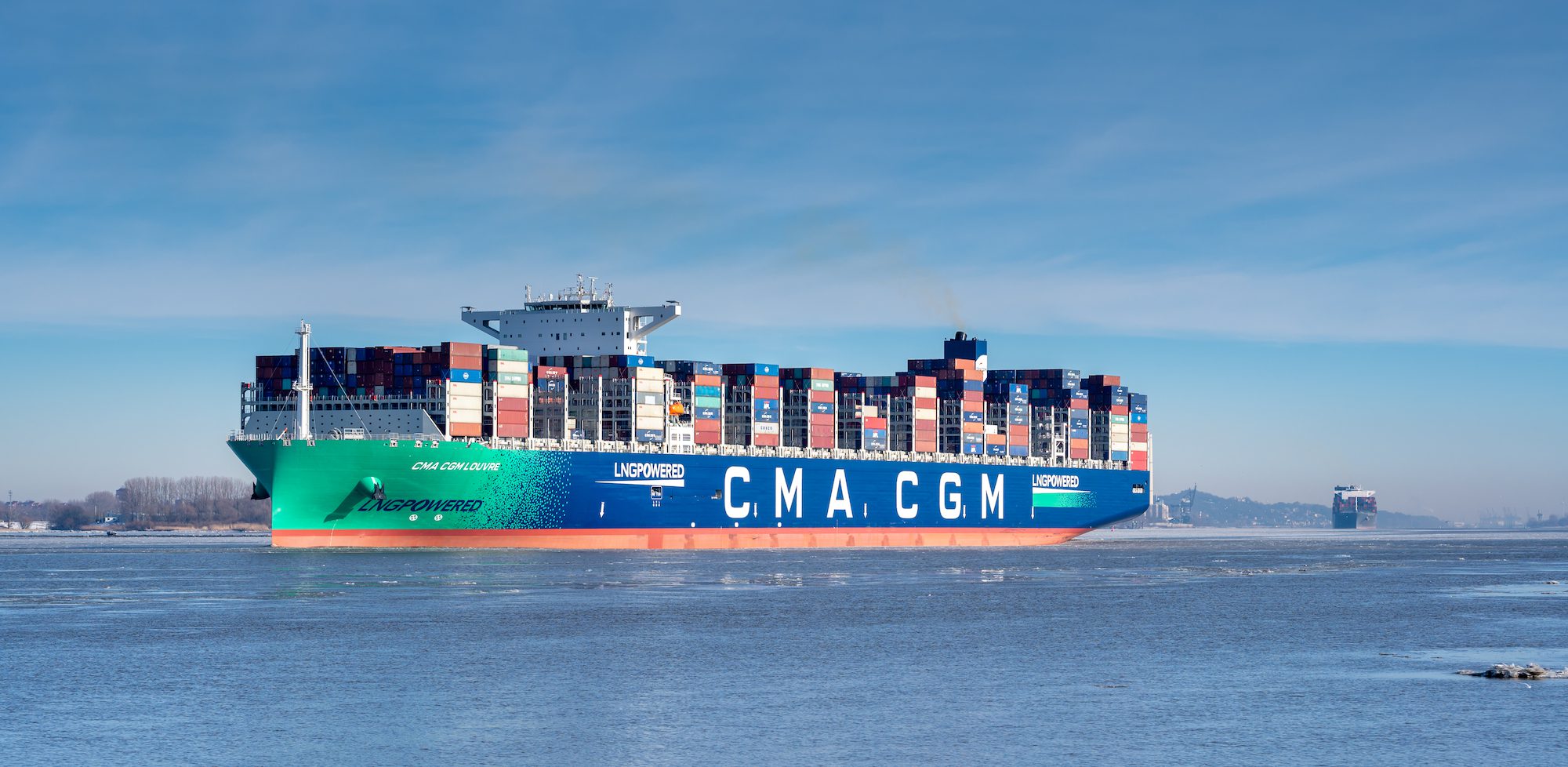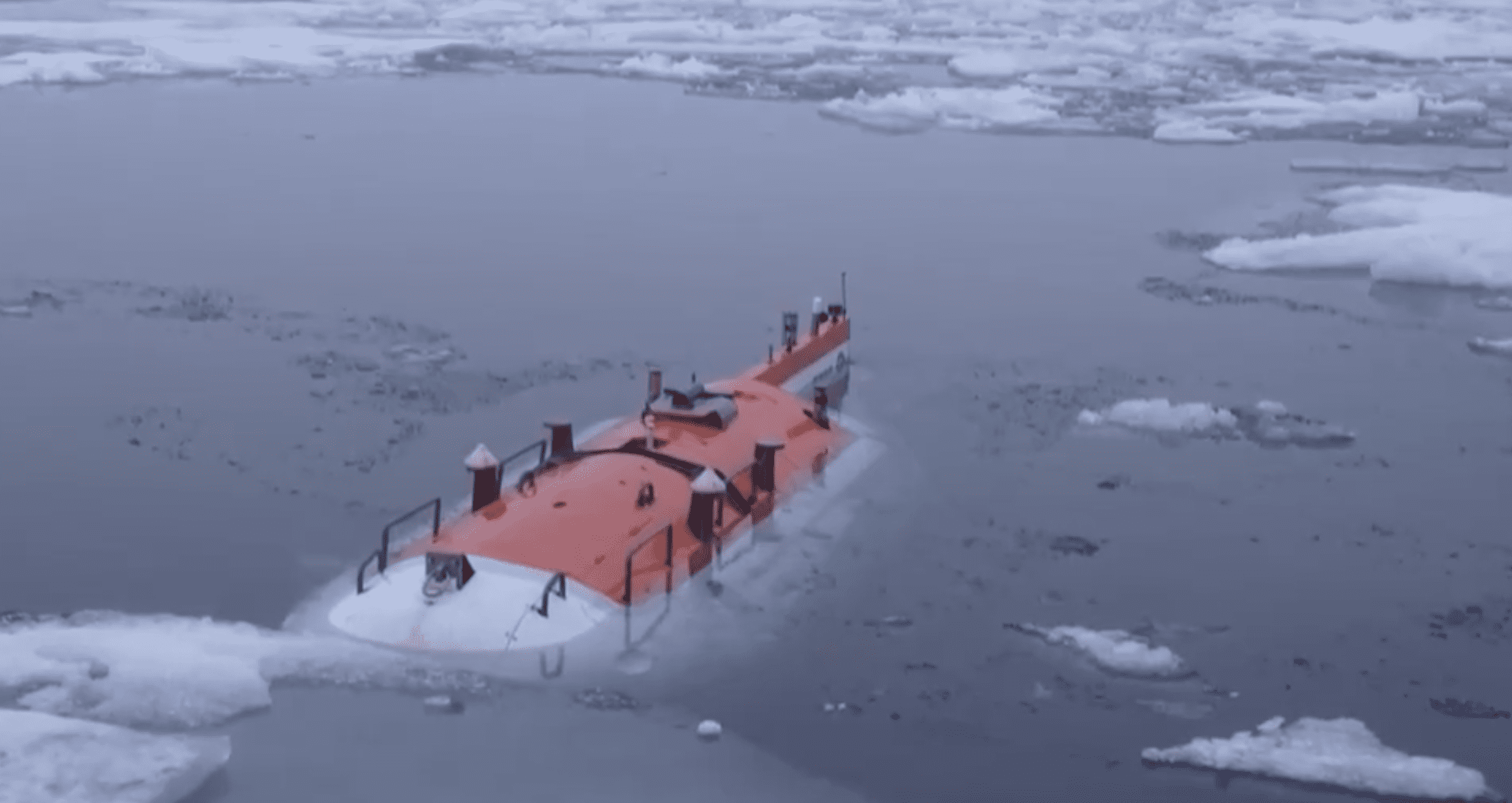
By Mass Communication Specialist 2nd Class John Paul Kotara II, All Hands Magazine
El Faro, a U.S.-flagged vessel, and its 33 crewmen vanished in the seas of Hurricane Joaquin off the coast of the Bahamas Oct. 1.
To locate the vessel investigators from the National Transportation Safety Board (NTSB) and U.S. Coast Guard were supported by a team of civilian mariners from the U.S. Navy’s Military Sealift Command (MSC), diving and salvage experts from Naval Sea Systems Command’s (NAVSEA) Supervisor of Salvage and Diving (SUPSALV), and contractors from Phoenix International Inc.
The joint team lived and worked together aboard the U.S. Navy fleet ocean tug USNS Apache (T-ATF 172) for more than three weeks to accomplish this urgent mission. Their task was to find El Faro, and, if possible, retrieve the ship’s voyage data recorder – commonly known as a black box. The information gleaned from the mission will help investigators put together the story of exactly what led to the tragedy.
“The crews worked together great,” said Charles Rodriguez, the civilian master of USNS Apache. “This isn’t the first time we’ve had military and contractors onboard. We have done deployments with units before and this allows us to integrate quickly.”
Phoenix International, SUPSALV, and NTSB were responsible for pinpointing the El Faro’s resting location in an effort to determine why it sunk. To do this, Apache was outfitted with top of the line sonar and remote search equipment that would allow the crew to document the terrain more than 15,000 feet below the ocean’s surface.
“The equipment outfitted on Apache is government-owned and contractor-operated,” said Lt. Cmdr. Daniel Neverosky, a salvage expert with NAVSEA’s SUPSALV. “This means that we own the equipment, but the contractors are experienced in all of the operations of the machinery.”
SUPSALV is responsible for Navy ocean engineering, including salvage, in-water ship repair, towing, diving safety and equipment maintenance and procurement.

To run this equipment the team split into two shifts. Each individual on a shift was knowledgeable of the components aboard Apache; however, individuals that specialize in one system or another were also separated between shifts. These shifts rotate from day-to-night, 12 hours a day, but often extending more than 15 hours at a time.
“We ran long hours, day and night, in order to maximize our time out there,” said Joshua Konicki, lead operational technician, Phoenix International. “We have specialized technicians that can fix most problems when something arises on both shifts. This minimized down time for broken equipment.”
The first objective of the mission was to find the vessel. To do this, the crew operated a special underwater hydrophone called a Towed Pinger Locater-25. This allowed the crew to listen for a specific noise emitted by the voyage data recorder of EL Faro. If that signal could be located, finding the vessel would be a matter of homing in on the source of the sound.
Unfortunately, after several days carefully travelling back and forth at low speeds in the suspected search area, the crew came up empty.
“Not receiving a signal could be caused by a few reasons,” said Neverosky. “The actual pinger component could have somehow become detached from the black box, which has happened in the past, the pinger and box could be buried in the ocean floor, or the box and pinger could be underneath a lot of ruble and debris.”
With no ping detected, the team switched to deploying an underwater sonar device known as Orion.
Orion, towed at depth in a deliberate search pattern, uses its side-scan sonar to map a detailed picture of the ocean floor. By mapping that terrain, the onboard team was able to identify several underwater features at a depth of approximately 15,000 feet that appeared to be wreckage from the ship.
While scanning the floor, the whole team played an active role,” said Neverosky. “We didn’t have a set rotation inside, but looking at a screen for several hours can burn a person out, so we gave breaks and rotated when the crew needed it.”

After locating the debris field, all that was left was to confirm that it was, in fact El Faro. For that, the team deployed a deep-submersible remote operated vehicle known as CURV-21. CURV is the Navy’s deepest search system, able to photograph and manipulate objects at depths of up to 20,000 feet.
Over the course of several hours, the team aboard Apache lowered CURV into the search area, carefully laying out nearly three miles of fiber optic cable which allowed the ROV to be operated from a remote station onboard the ship. Within hours of reaching the sea floor, the team was able to positively identify that the ship was the missing merchant vessel.
Although the vessel was discovered, the search on the ocean floor continued. After finding the vessel it was determined the bridge was not intact, or attached to the ship. The crews meticulously searched the ocean floor for days trying to find the bridge that housed the mast and black box. Day and night the crews rotated and square miles of ocean floor were covered and until the bridge was found. After scouting the bridge, it was discovered the mast was detached from the bridge. Again, a multi-day search for the mast resumed but was ultimately not found.
With all of this equipment, maintenance was a critical part of the mission.
“Maintenance and repairs are an enormous part of this job,” said Konicki. “If something breaks down, it shuts the mission down until it is fixed. Because of this we constantly observed the equipment, stopping if anything looked out of normal. We then corrected what was wrong and start again this ensured nothing major went wrong.”
None of this would have been obtainable if it wasn’t for the crew of MSC. MSC is a U.S Navy organization that controls most of the replenishment and military transport ships of the Navy. The ships under are manned by contractor civilian crews or by civil service mariners.
During the mission MSC and the investigation team were in direct contact with each other. All movements of the ship and machinery was coordinated between the teams and agreed on in advance.
“We have a great partnership,” said Neverosky. “All of the pieces are integrated together. We are only as good as the team we work with, we have a great relationship with MSC and everyone was working toward the same goal. This made the mission run smoother and easier for everyone.”
From Little Creek, Virginia to the Bahamas and back, both sides of the crew worked expertly in unison, their diligence was key to locating El Faro.
This article originally appeared on the U.S. Navy’s All Hands Online and was republished here with permission.

 Join The Club
Join The Club













